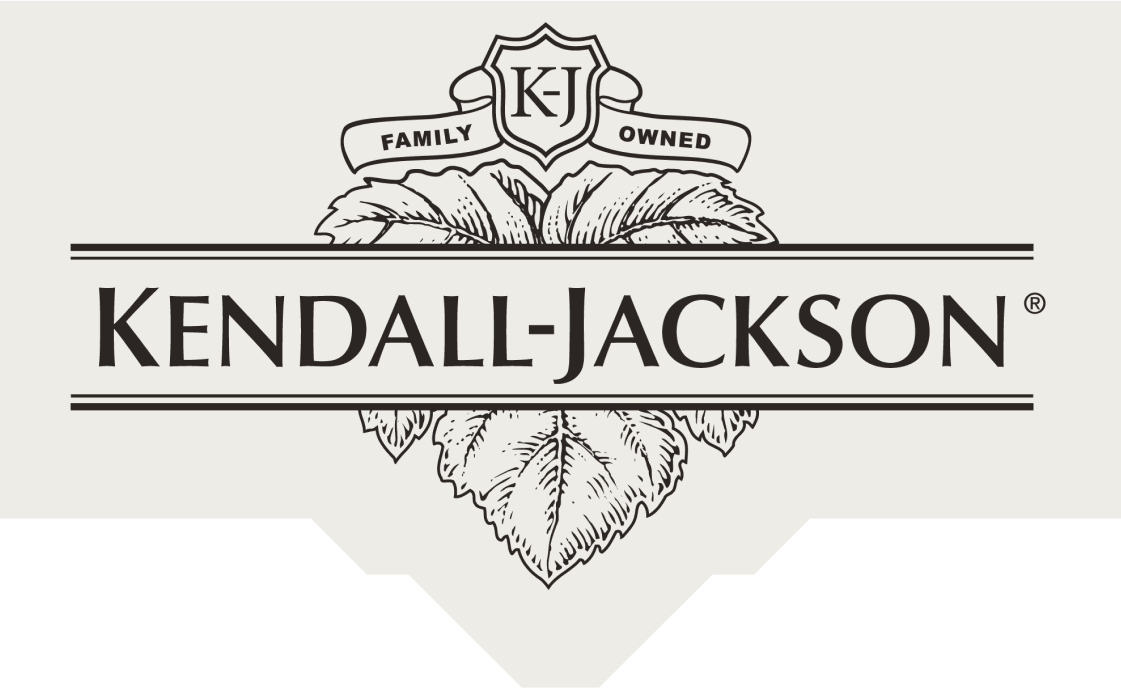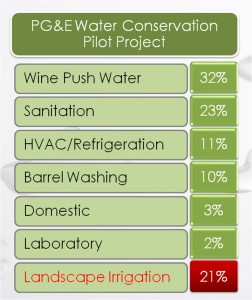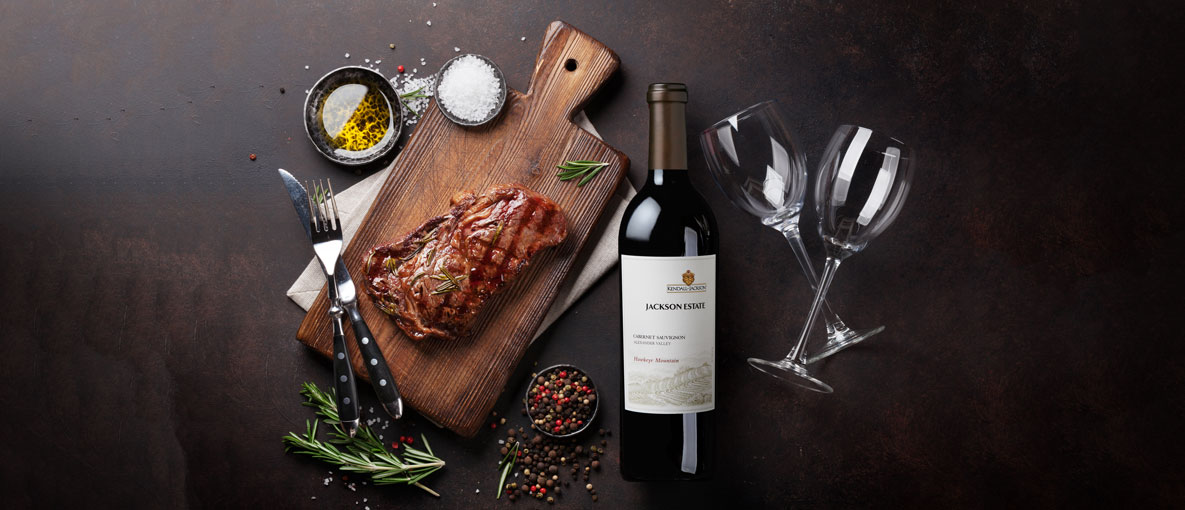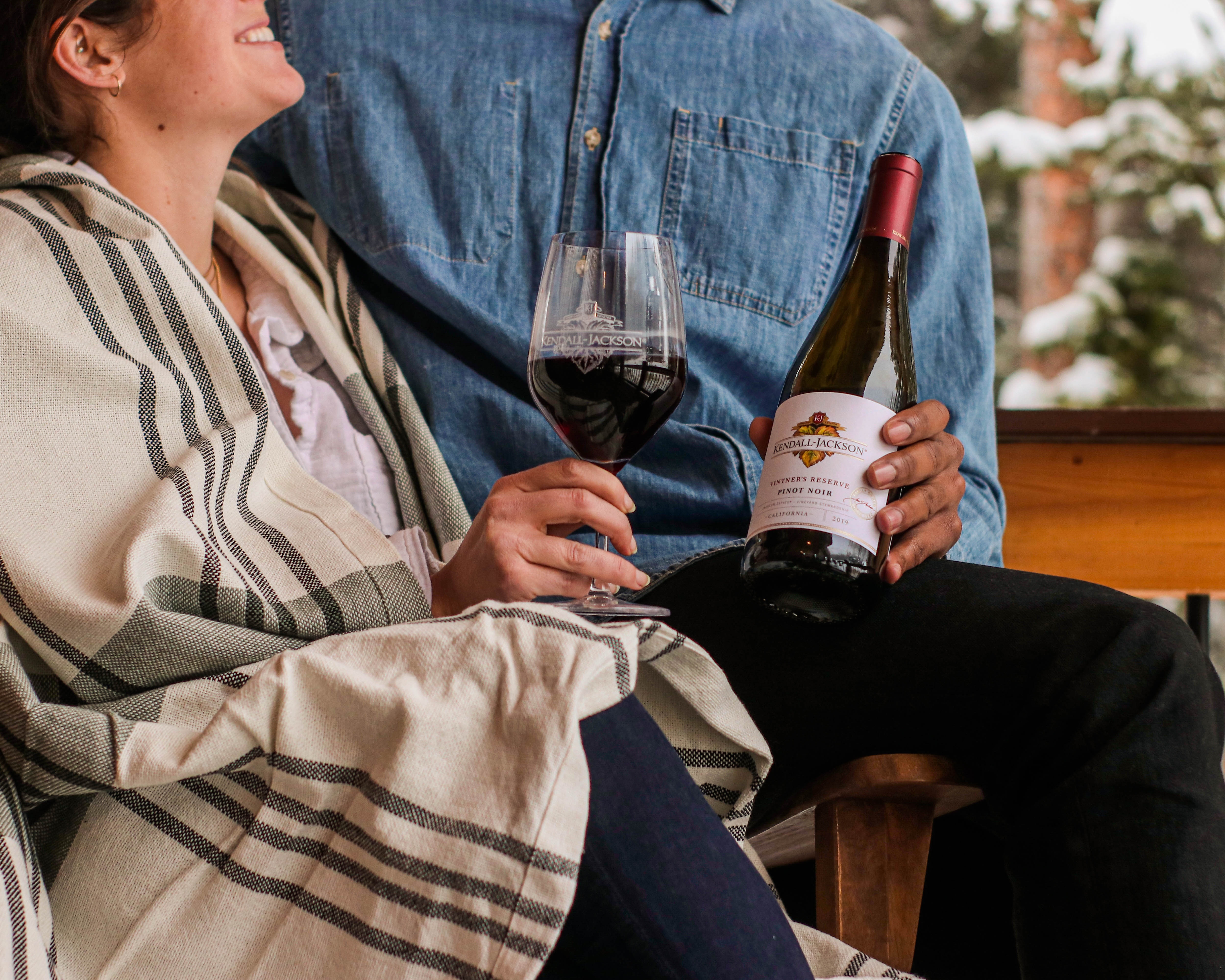Water Conservation: Utility Company Helps Us Save Water
Our local utility company, Pacific Gas & Electric, selected us to participate in a pilot project to conserve water. Sounds a little out of their normal purview, right? Well, there’s a lot of energy applied to water use; they want to conserve energy because California is just about out of electrical capacity to meet our growing needs. So, we worked together to examine every winemaking process in the winery that applies energy to water and then figured out how to use less of both.
Last week we talked about a similar project that determined the true of cost of water by calculating how much energy was being used. With PG&E we figured out ways to conserve water by changing our processes or equipment.
The first stop was another engineering study to see how much water was being used in each wine making process. I won’t bore you with the details, but there were a few notably surprises.
As a side note, if you want to know what in the world Wine Push Water is check this out. Here’s an example around pumping wine from a tank to the bottling line. Imagine a tank, with a pump next to it, and a long hose sending wine to the bottling line. Once the wine is emptied out of the tank and passes through the pump, then there is nothing to push the wine in the hose anymore. Some wineries use another pump to push air into the wine and keep it moving. We don’t – that method is really bad for wine quality, and basically prematurely ages the wine. Instead we use water to push the wine. At the far end of hose someone waits to see when the wine runs out and the water starts to come through and turns the valve at the last second, which sends water down the drain.
We were shocked that landscape irrigation was 21% of our total water usage at our bottling facility – it’s not like our tasting room with lots of beautiful landscaping. The first thing we did was install a “smart” irrigation controller. It’s like the one you may have at home, except this one talks to the satellite every day and adjusts how much water is put out based on the weather. If it rained today, guess what – no landscape irrigation tomorrow. That saved us 51% of our irrigation use and 11% of the total usage.
In the laboratory we found this one piece of equipment that ran water through it 24/7. For $1,000 updated it with a water recirculation system and saved 2% of our total usage.
We also upgrade our barrel washers to use high-pressure water. The new system uses 40% less water, 45% less hot water (very expensive), and takes 20% less time to rinse the barrels.
Of course, there were the more obvious things we did, like making sure each hose has spray nozzle on it; we also focused on employee awareness and education. All up, we’re saving over 4,000,000 gallons of water each year. It’s a good start, but we know there is more we can do.
At the end of the pilot project with PG&E we realized that you can only conserve so much water. Ultimately, we kept coming back to one thing: making wines uses water, and a good bit of it. The real big opportunity was figuring out how to recycle water in our wine making processes.
Next up – we’ll be talking about our pilot project when we partnered with some engineering companies and the University of California to on a pilot project with new technology to recycle water.




